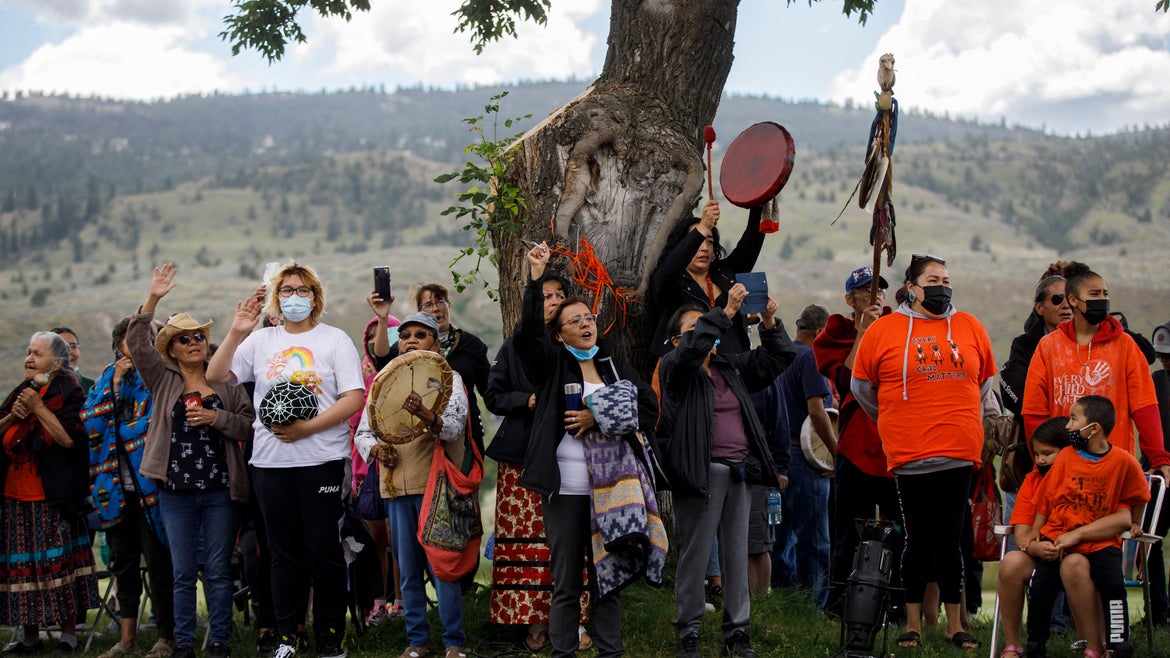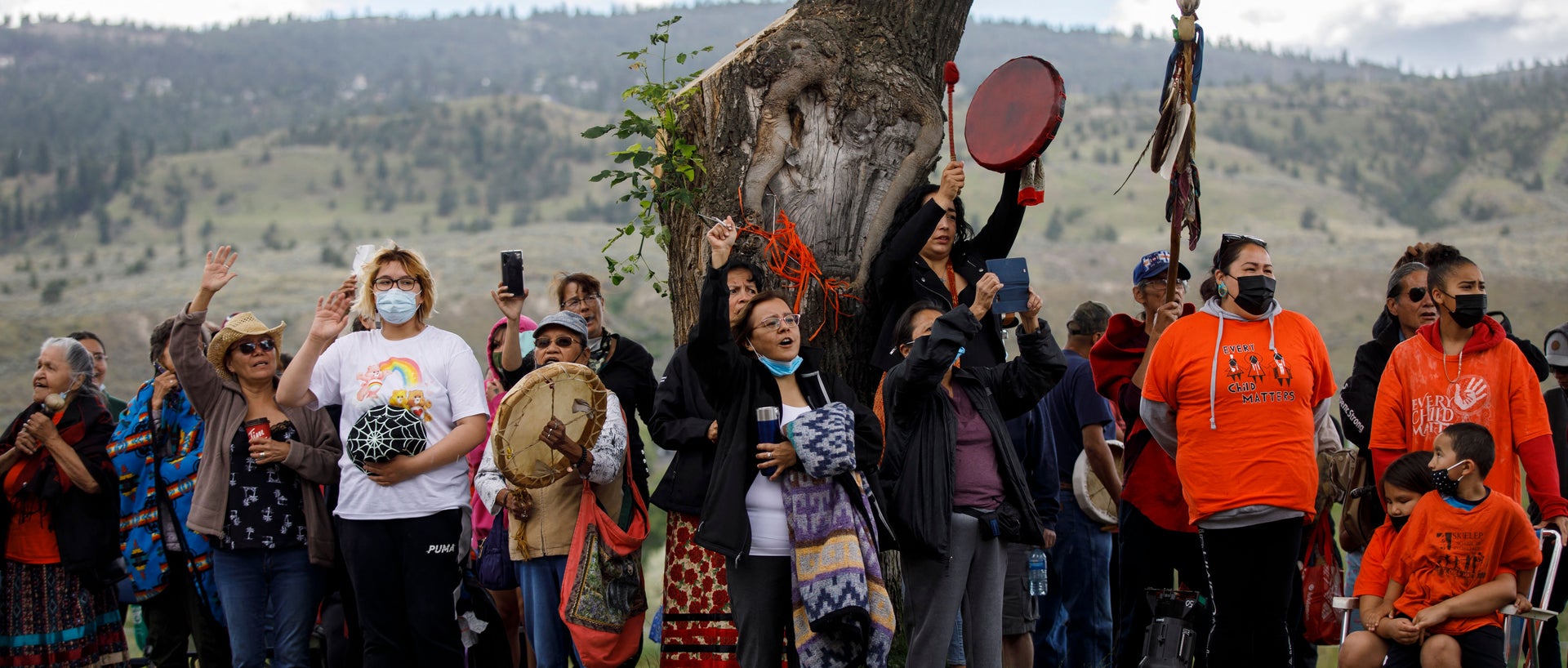Only 78 of those 104 bodies of Indigenous children have been matched with burial records so far, Chief Jennifer Bone of the Sioux Valley Dakota Nation said.
After the discovery of 215 bodies of Indigenous children in a mass grave near the Kamloops Residential School in British Columbia, Canada, the Sioux Valley Dakota Nation in Manitoba are sending their deepest sympathies, and says they can relate to the grief.
“Our community empathizes and understands the collective pain and sorrow that the forced Indian residential schools afflicted upon our nations,” Chief Jennifer Bone said in a statement. “The news has triggered raw emotions of sadness and grief in all of us.”
The Sioux Valley Dakota Nation are working to identify their own series of unmarked graves at the former Brandon Residential School, located outside of the city of Brandon in southern Manitoba, which had been in operation from 1895 to 1972 before its demolition in 2000.
So far, they have discovered 104 possible bodies of Indigenous children between three sites on or around the school’s property, matching only 78 of them with burial records.
“The discovery is not new for us,” Bone said. “For many years, we have been actively working to identify the Brandon Residential School cemeteries and the unmarked graves … Children from various first nations were forcibly brought here, many perished and for reasons unknown, were not returned home for a proper burial.”
The bodies discovered were part of an investigation into the school that began in 2012, and the Sioux Valley Dakota Nation had been working with university researchers using “archeological survey techniques, geophysical technologies, survival recounts and archival documents” in order to match the graves with burial records, Bone said.
She said that while the project is ongoing, the Sioux Valley Dakota Nation is renewing pressure on the Government of Canada in light of the latest discovery at the Kamloops Residential School to continue funding research like theirs across the country.
“We must honor the memory of the children who never made it home by holding the Government of Canada, churches and all responsible parties accountable for their inhumane actions,” Bone said. “There is more work to be done to bring truth to the atrocities afflicted on the children who are our parents, grandparents and great grandparents.”
Bone said they are also demanding that they continue to fulfill the Calls to Action as outlined by the Truth and Reconciliation Commission (TRC).
Following a six-year report on residential schools that concluded in 2015, the TRC identified 94 Calls to Action that would help “redress the legacy of residential schools and advance the process of Canadian reconciliation.”
While the Government of Canada under Prime Minister Justin Trudeau vowed to fulfill all 94 Calls to Action, only 13 of them have been completely enacted. The government has taken steps to fulfill 60 Calls to Action, and no real steps have been taken in 21 Calls to Action, the National Post reported.
Trudeau was elected Prime Minister of Canada in 2015 and will conclude his second term in 2024.
Many, including those in Canada's leadership, admit that residential schools were a form of cultural genocide and ethnic cleansing.
In 2008, former Prime Minister Stephen Harper issued a formal apology in the House of Commons to the Indigenous community, admitting that the policy of residential schools was "to kill the Indian in the child," based on the idea that "Aboriginal cultures and spiritual beliefs were inferior and unequal."







